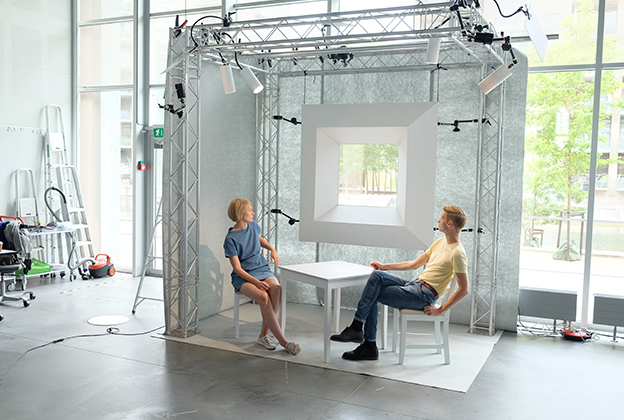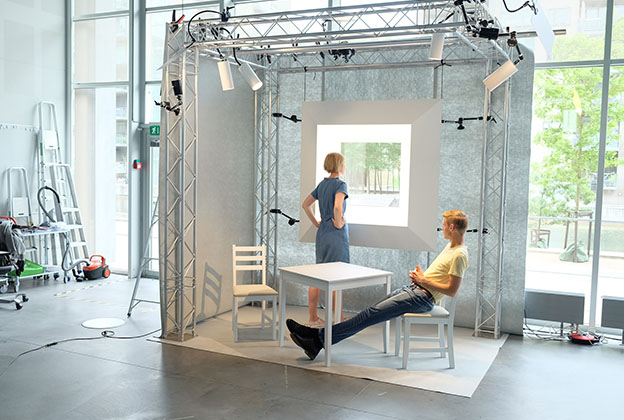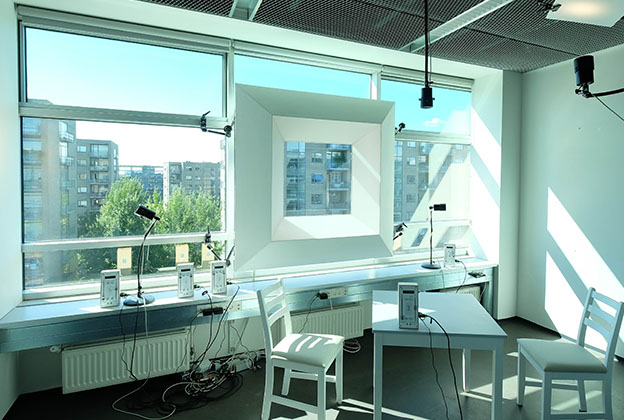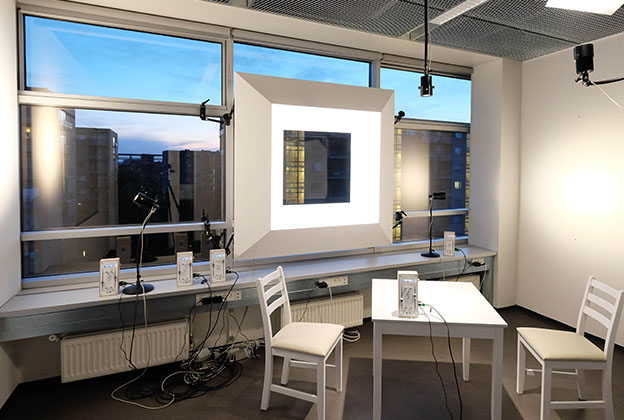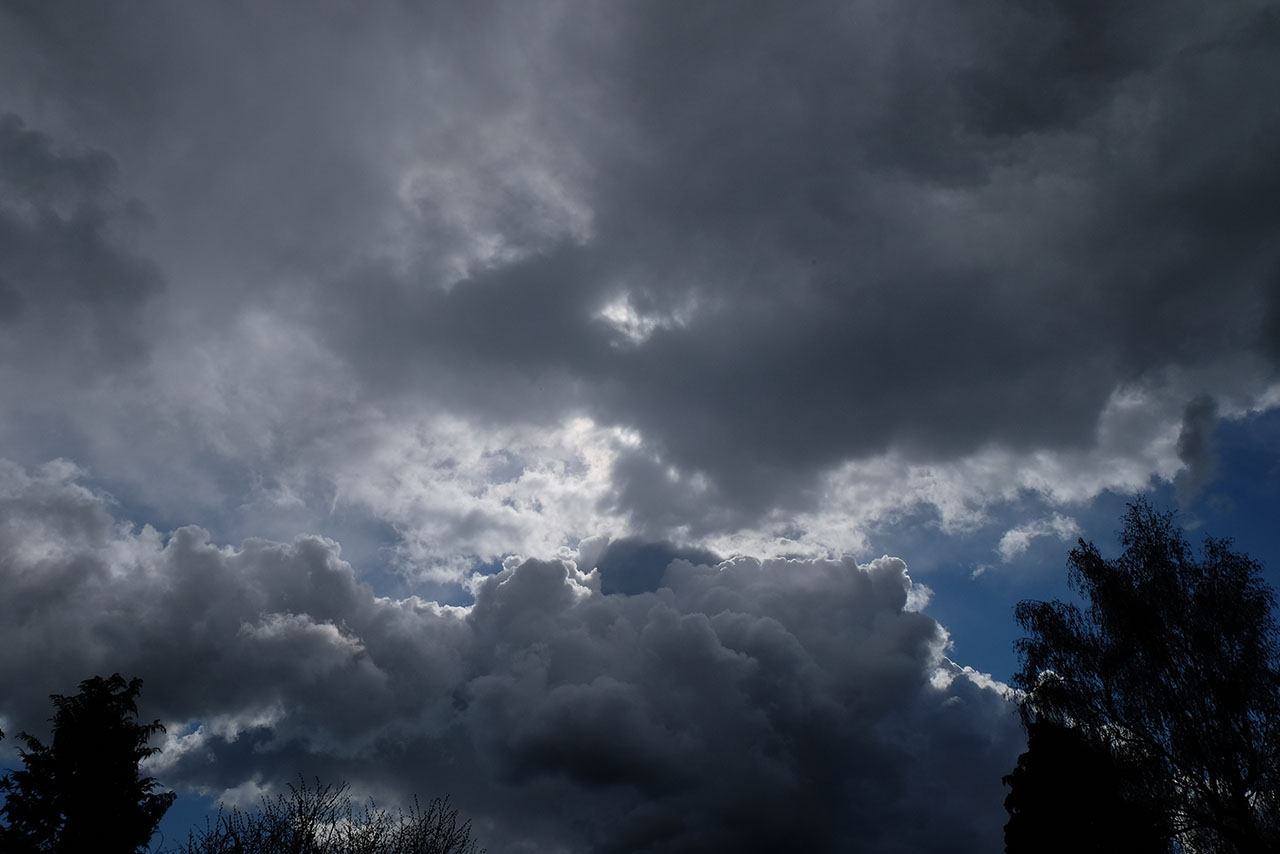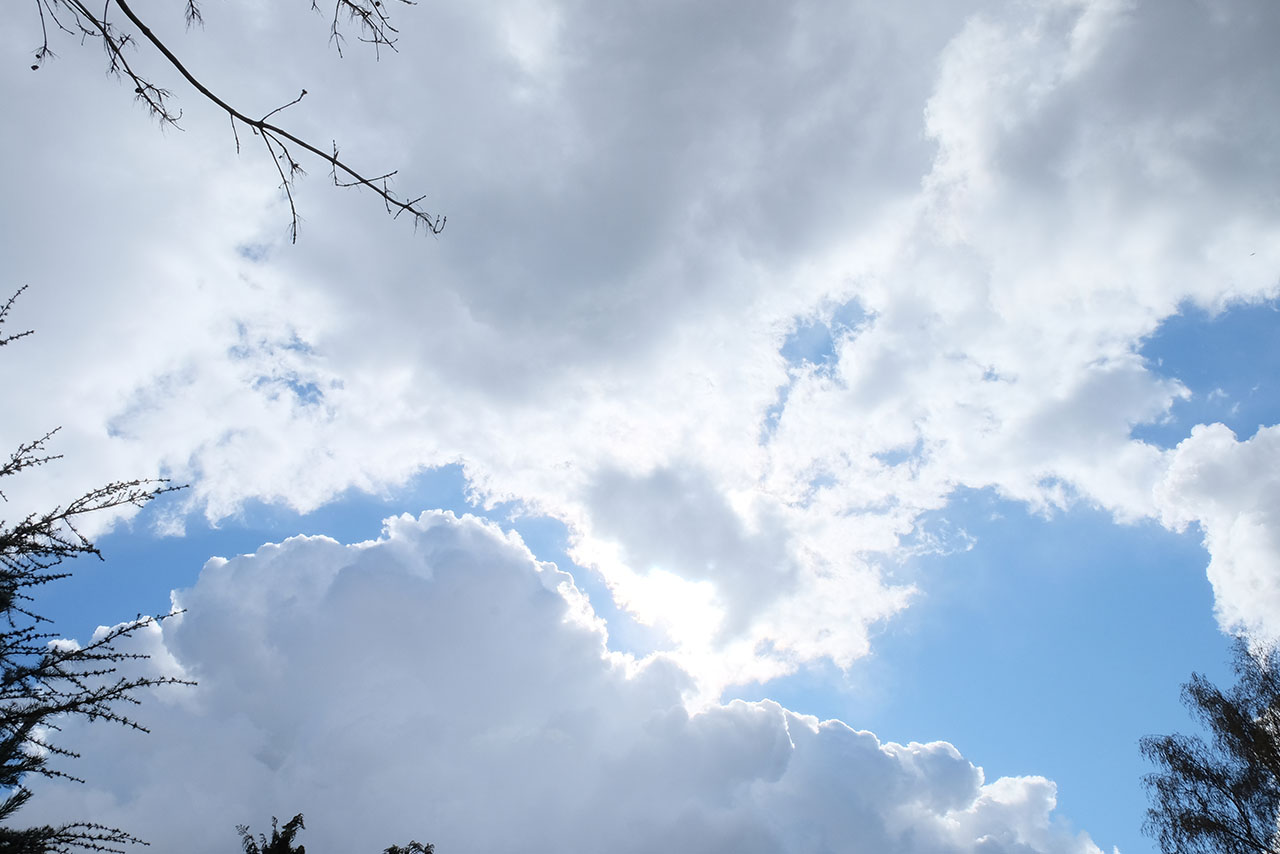
How to increase lighting quality and lower energy consumption
Yes! You can eat the cake and have it too… New research from the IT University in Copenhagen suggests that investing in high quality lighting can actually lower your energy consumption.
During the 21st century, reducing energy consumption and cutting costs have been the common priority, says Kjell Yngve Petersen, Head of Research, Atelier KHR Architecture, and previously associate professor at the IT University at Copenhagen.
”In research and development, there has been a primary focus on energy optimization using lighting control to meet the regulations of existing standards. Provided that the lighting design has fulfilled the requirements regarding light levels and glare, everyone’s been happy.”
The development has also been characterized by the general attitude that increased lighting quality requires higher lighting levels, leading to higher energy consumption and thus should become far too expensive.
”We wanted to prove that this is not the case. Today we know that access to good and stimulating light is crucial for how humans feel and perform in their daily lives. With access to new technology and light sources it really shouldn’t be any problem to fulfil these needs.”
The prize-winning study (it has already been awarded ‘best research project 2018’ by Danish research organization Elforsk) Energy optimization through adaptive lighting control and was conducted by Kjell Yngve Petersen and Phd Nina Rask in 2017 in collaboration with a range of research and industry partners; Spektra LED, Det Kongelige Danske Kunstakademis Skoler for Arkitektur, Design og Konservering, CreaSign, Grontmij and Kongshaug & Søn. It shows that a combination of LED-lighting and generative software can provide better lighting without increasing the energy costs. Used in the right way, possibly in combination with renewable energy sources, it can actually reduce energy consumption and contribute to a sustainable society – from an environmental and a human perspective.
”Light weather”
The dynamics of daylight is an important factor to human well-being. Our biology is designed to thrive from the constant changes in the daylights’ intensity and colour – sometimes barely noticeable – that Kjell Yngve Petersen describes as ”light weather”.
”With LED-technology and proper software it is possible to design lighting solutions with daylight as a model. We developed a self-generative software that mimics the natural light with small dynamic changes in speed, intensity and colour.”
The software was implemented in two different test environments in form of full scale architectonical mock ups. In the different tests, the subjects carried out various tasks related to everyday life and office work, responding to the light experience.
Compatible with renewable energy
The tests have resulted in prototypes that can be used to create lighting environments that react to the different changes in daylight and supports the different tasks of people’s daily lives.
”The study confirmed our theory that adaptive lighting control systems can actually lead to improved lighting quality with the possibility to lower energy costs. The algorithms of the software are well fit to take advantage of the irregularities that come with the production of renewable energy, such as wind. The adaptive software can follow the fluctuation of the energy production and use the peaks to initiate the fluctuation of the ‘light weather’ in a cost-effective way”, explains Kjell Yngve Petersen.
 "It is important to state that this is not about the technology – it’s all about the human lighting experience." Kjell Yngve Petersen, Associate Professor at ITU Denmark
"It is important to state that this is not about the technology – it’s all about the human lighting experience." Kjell Yngve Petersen, Associate Professor at ITU Denmark
Open source software
The next step is to evaluate the developed models in different real-life settings.
”It’s realistic to think that it should be possible to scale up this technology for more complex environments, like entire residential quarters, office buildings, schools and hospitals – implementing the benefits for humans and environment in a larger scale.”
The software developed for the research project is open source, Kjell Yngve Petersen explains, and is available for the industry's various stakeholders to use.
”Our wish is to help lighting designers create intelligent and easily operated high quality lighting designs based on individual preferences. It is important to state that this is not about the technology – it’s all about the human lighting experience. Lighting design should not be something that people have to adapt to. The light design should adapt to the people and support us in our daily lives!”
TEXT AMELIE BERGMAN
PHOTO KJELL YNGVE PETERSEN
Related News

La oficina flexible: inversión a largo plazo para propietarios de inmuebles
Como propietario de un inmueble, satisfacer las necesidades de los inquilinos a la vez que se crea una gestión sostenible y fluida suele ser una ecuación compleja. Con Control Track Versa, se crean oportunidades nuevas y sostenibles para agilizar el proceso y ofrecer una buena iluminación para los inquilinos. Petter Berg trabaja en el ámbito de la preventa para proyectos inmobiliarios extensos en Fagerhult en Oslo. Las conversaciones con los clientes y los propietarios más prominentes a menudo giran en torno al problema de satisfacer múltiples intereses tanto durante el proceso de construcción como después de que los inquilinos se hayan mudado. «Los intereses de los diversos actores a menudo chocan a costa de la calidad de la iluminación. Y luego a nadie le gusta el proceso o el resultado», dice Petter Berg, director de asesoramiento en iluminación de Fagerhult. Petter Berg quote Petter Berg ha observado de cerca el desarrollo de Control Track Versa y ve oportunidades futuras para los propietarios. No menos importante, aquellos que trabajan activamente con la reutilización y la sostenibilidad y desean crear entornos atractivos para los inquilinos existentes y futuros pueden lograr rápidamente rentabilidad en proyectos más grandes. «Poder ofrecer a los inquilinos una buena iluminación sin reemplazar todo el sistema cada vez que alguien se muda es una gran ventaja de sostenibilidad como propietario de un inmueble. Con Control Track Versa, cada luminaria puede reutilizarse durante todo su ciclo de vida. Además, el propio carril puede adoptar una nueva forma si la oficina cambia de diseño». Los propietarios pueden beneficiarse de las ventajas de Control Track Versa durante la construcción. El carril se puede instalar antes durante la construcción y es completamente independiente del mobiliario futuro y de la elección de luminarias del inquilino. «El hecho de que la instalación se pueda realizar en principio en cualquier momento y no dependa de que las instalaciones se limpien de polvo de construcción o de que tenga lugar justo antes de que se complete el inmueble marca una gran diferencia. Es una forma ingeniosa de comprar tiempo», dice Petter Berg. En paralelo, las instalaciones pueden realizarse en áreas fijas como pasillos, ascensores, baños y lugares públicos que no se vean afectados por las elecciones de los inquilinos. Con menos puntos de instalación, la instalación también es más rápida y sencilla. «El carril tiene un sistema flexible de 230 V, por lo que no hay necesidad de escaleras de cable ni cableado adicional. Por lo tanto, Control Track Versa también es muy adecuado para techos abiertos. Dado que es completamente independiente, el sistema también está preparado para el futuro. Cada luminaria se puede complementar con un sensor para un control inteligente de la iluminación». Según Petter Berg, Control Track Versa tiende puentes entre los consultores eléctricos y los diseñadores de interiores. Ve claramente que el carril puede ser muy útil en proyectos de construcción más grandes en los que muchas piezas necesitan encajar. «Cuando trabajamos juntos, a menudo el resultado es muy bueno. Está claro que se necesita una parte que conecte al desarrollador, consultor eléctrico y diseñador de interiores, y es ahí donde Control Track Versa se está convirtiendo ahora en una parte importante para nosotros en Fagerhult».
